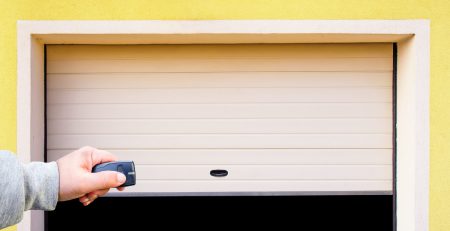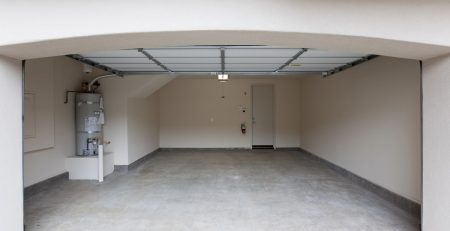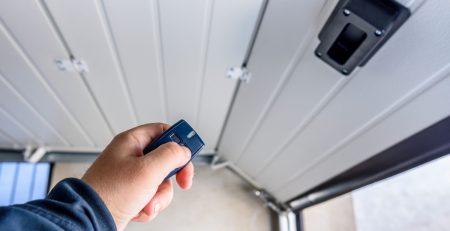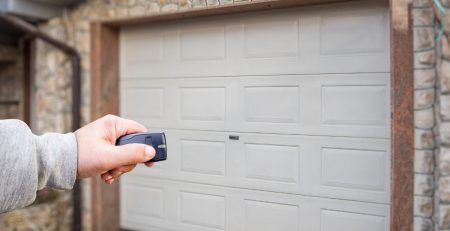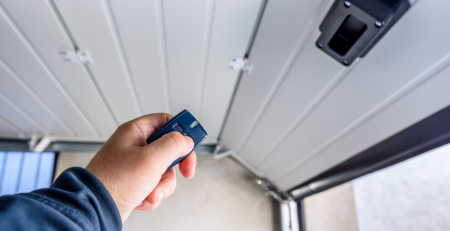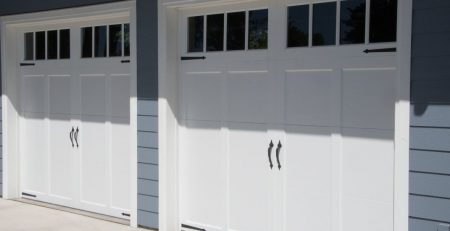Choosing the Right Garage Door Weather Stripping: A Buyer’s Guide
Keeping your garage comfortable and energy-efficient requires a well-sealed environment. Garage door weather stripping is crucial in achieving this goal by forming a tight barrier against the elements. However, navigating the diverse options and selecting the most suitable weather stripping for your needs can be overwhelming. This comprehensive buyer’s guide empowers you to make informed decisions and choose the perfect weather stripping for your garage door.
Understanding Garage Door Weather Stripping
Garage door weather stripping is a flexible material installed along the edges and bottom of your garage door to create a seal between the door and the frame. This seal prevents air, dust, moisture, insects, and even small critters from entering your garage.
Why is Garage Door Weather Stripping Important?
Effective weatherstripping offers numerous benefits, including:
- Improved energy efficiency: By preventing drafts and leaks, weather stripping helps maintain consistent temperatures within your garage, reducing the workload on your HVAC system and lowering energy bills.
- Enhanced comfort: A well-sealed garage creates a more comfortable environment, free from drafts and extreme temperature fluctuations.
- Reduced noise pollution: Weather stripping acts as a sound barrier, minimizing noise from outside and keeping your garage quieter.
- Protection from the elements: Weather stripping safeguards your garage from dust, moisture, wind, and debris, preventing potential damage to tools, equipment, and stored items.
- Pest control: A tight seal deters insects, rodents, and other unwanted creatures from entering your garage.
Types of Garage Door Weather Stripping
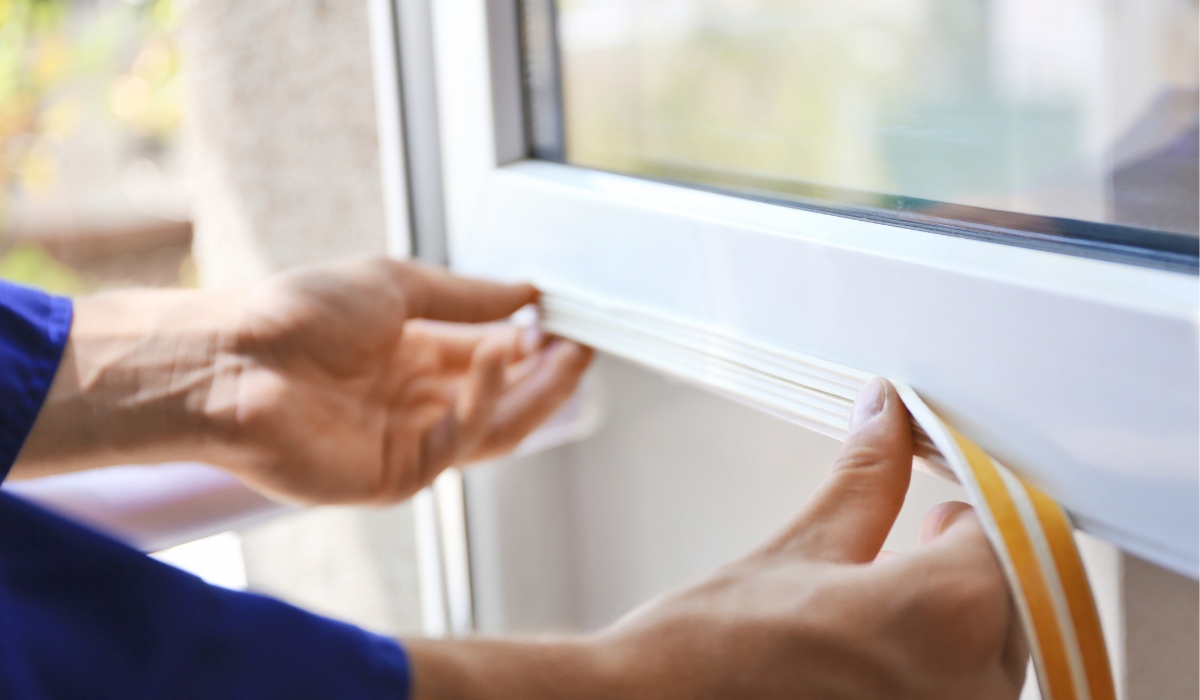 With a variety of materials, shapes, and features available, choosing the right type of weather stripping for your garage door requires careful consideration:
With a variety of materials, shapes, and features available, choosing the right type of weather stripping for your garage door requires careful consideration:
Bottom Seals:
- T-shaped seals are the most common type, featuring a T-shaped profile that fits into a groove on the bottom of the garage door. They are adequate for basic sealing needs.
- Bulb seals offer a more robust seal with a bulbous shape that conforms to uneven surfaces. They are ideal for uneven gaps or drafty garages.
- Z-shaped seals: Designed for maximum sealing, Z-shaped seals have double lips that provide superior protection against air, moisture, and debris.
Side and Top Seals:
- Brush seals feature soft bristles that brush against the door frame, creating a gentle yet effective seal. They are well-suited for uneven surfaces or gaps.
- Vinyl bulb seals: These provide a tight seal with a bulbous shape and are suitable for most side and top applications.
- Tape-on seals: These self-adhesive seals are easy to install but may not be as durable as other options.
Additional Considerations
- Material: Common materials for weather stripping include:
- Rubber: Offers good flexibility and durability but may deteriorate over time.
- Vinyl: A cost-effective option that is weather-resistant and easy to install.
- Silicone: Highly durable and resistant to extreme temperatures, but can be more expensive.
- Size: Ensure the weather stripping has the appropriate width and height to seal the gaps around your garage door effectively.
- Durability: Consider your area’s climate and weather conditions when choosing the material to ensure it can withstand the elements.
- Ease of installation: Opt for weather stripping that aligns with your DIY skills, or consider professional installation for more complex options.
Tailoring Your Choice to Your Needs
Here are some key factors to guide your selection:
- Gap size: Measure the gaps between your garage door and the frame to determine the appropriate size and shape of the weather stripping.
- Climate: If you live in an area with extreme temperatures or heavy rainfall, choose a material like silicone or rubber for better durability.
- Budget: Weather stripping comes in various price ranges, so set a budget and choose an option that aligns with your financial constraints.
- DIY skills: Consider your comfort level with installation and choose weather stripping that is easy to install yourself, or opt for professional assistance.
Installation Tips for Garage Door Weather Stripping
Once you’ve chosen the proper weather stripping, follow these general installation guidelines:
- Clean the surface: Thoroughly clean the area where the weather stripping will be installed, removing any dirt, debris, or old stripping.
- Measure and cut: Carefully measure the length needed for each weather stripping section and cut it to size using a sharp knife or utility scissors.
- Apply the weather stripping: Follow the specific installation instructions depending on the chosen type. This may involve:
-
- Adhesive backing: Peel off the backing and firmly press the weather stripping onto the clean surface.
- Screws or nails: Pre-drill holes in the frame and use screws or nails to secure the weather stripping in place.
- Grooves: For T-shaped seals, simply press the weather stripping into the designated groove on the bottom of the garage door.
4. Double-check the seal: Once installed, close the garage door and visually inspect the seal around the edges and bottom. Ensure no gaps or areas where air or moisture can seep through.
Tips for Optimal Performance
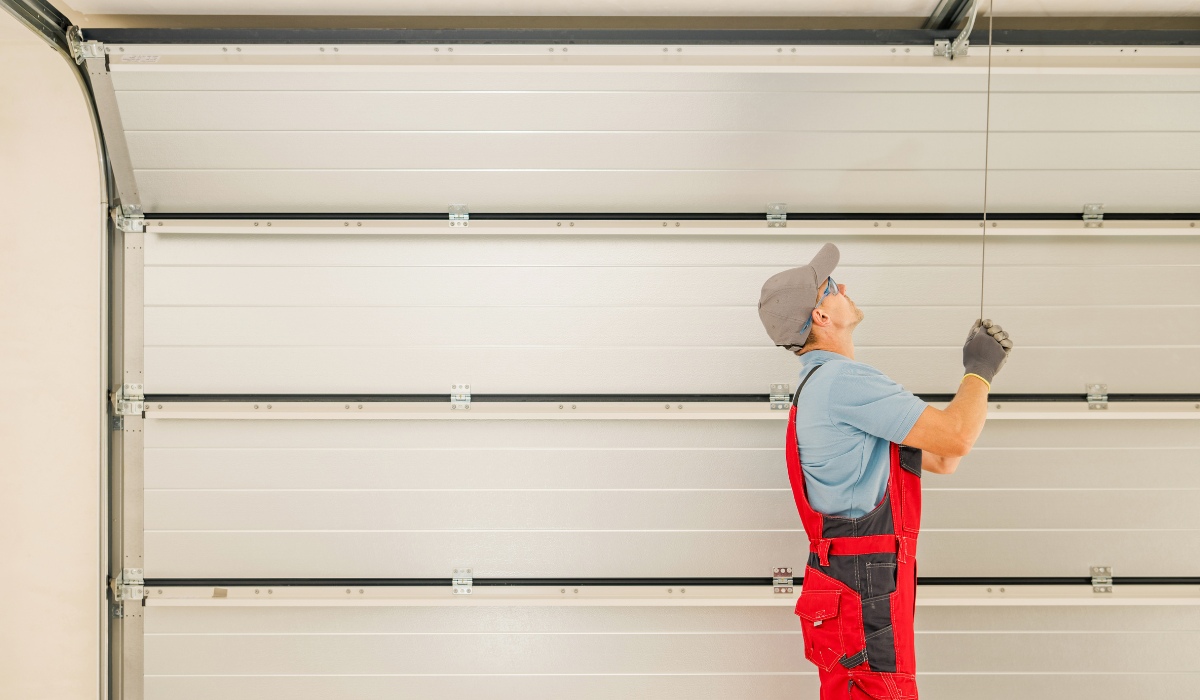
- Regular inspection: Periodically inspect your weather stripping for signs of wear and tear, such as cracks, tears, or loss of adhesion. Replace damaged weather stripping promptly to maintain optimal performance.
- Cleaning: Regularly clean your weather stripping with a damp cloth and mild soap solution to remove dirt, dust, and debris that can hinder its effectiveness.
- Seasonal maintenance: In areas with extreme weather conditions, consider inspecting and potentially replacing your weather stripping more frequently, especially before the harsh winter months.
Beyond Weather Stripping: Additional Garage Door Sealing Solutions
While weather stripping is crucial in sealing your garage door, addressing other potential air leaks is essential for optimal results. Consider these additional solutions:
- Door weather seals: These are installed along the sides and top of the garage door frame to create a complete seal.
- Threshold seals: These seals are placed at the bottom of the garage door opening to prevent air and moisture from entering beneath the door.
- Weatherproofing the door: If your garage door is old or damaged, consider repairs or replacement to ensure a tighter seal.
When to Call a Professional
If you’re unsure about choosing the proper weather stripping, lack the DIY skills for installation, or encounter any complications during the process, don’t hesitate to seek help from a qualified garage door service provider. They possess the expertise and experience to ensure your garage door is properly sealed and functioning efficiently.
Maintaining a Well-Sealed Garage Door
By understanding the importance of weather stripping, choosing the right type for your needs, and following proper installation and maintenance practices, you can significantly improve your garage’s energy efficiency, comfort, and overall functionality. Remember, a well-sealed garage door saves you money on energy bills, protects your belongings, and creates a more enjoyable space.
For expert guidance on choosing and installing the proper garage door weather stripping or to address any garage door repair or replacement needs, contact Gulliver Garage Doors – your trusted garage door services provider in Edmonton. We offer comprehensive services, including repair, replacement, and installation, ensuring your garage door functions smoothly and efficiently for years.


